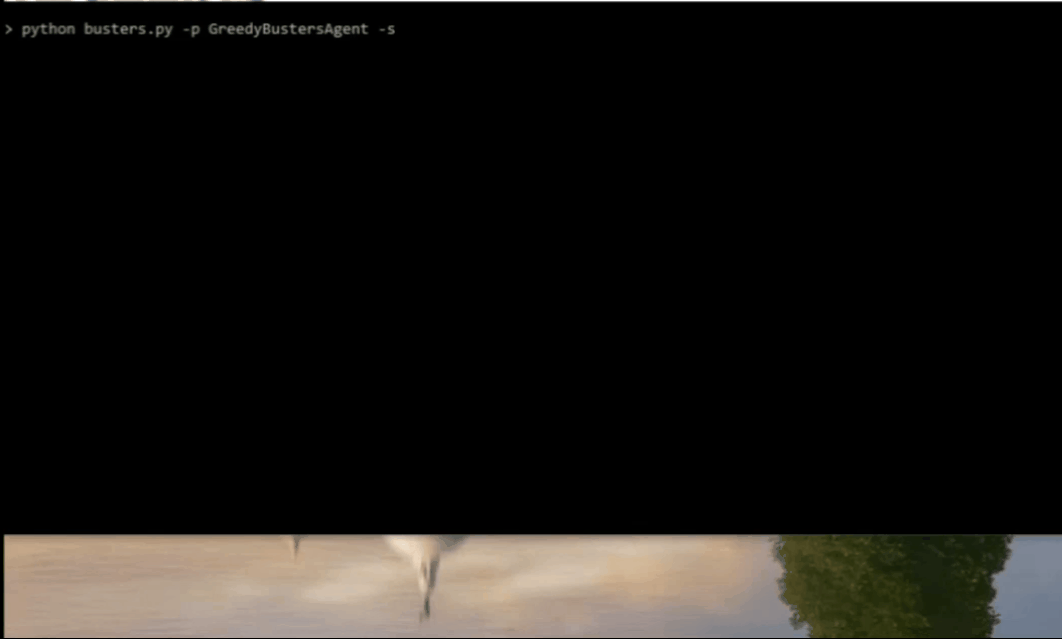Ghost busters
Prelude
Ghosts have been trying to hunt down Pacman for ages, but things are different now. Pacman has undergone eye surgery, and the ghosts have decided to give him a break and ridicule him instead of continuing their pursuit. They believe they can unsettle him by creating phantom sounds around him. However, they are unaware that Pacman possesses knowledge of probabilistic inference to aid him during this challenging period.
Probabilistic inference
Bayes nets and particle filters are two concepts used in the field of probability for drawing inference. A Bayes net is a probabilistic graphical model that represents probabilistic relationships between variables using a Directed Acyclic Graph (DAG). It enables efficient inference by utilizing conditional probability distributions to capture dependencies among variables. On the other hand, particle filters are estimation techniques employed for state estimation in non-linear and non-Gaussian dynamic systems. They approximate the posterior distribution by representing it with a set of particles, which are sequentially updated based on measurements to provide an estimate of the true state.
Final result
Pacman is equipped with both Bayes nets and particle filters in this project. The following demonstrates Pacman hunting down the ghosts using the sounds they make near him. In the demo, Pacman is utilizing particle filters for faster computation instead of Bayes nets due to the computational cost associated with exact state calculations.

The blocks of color indicate the possible positions of each ghost, based on the noisy distance readings provided to Pacman. The numbers at the bottom of the screen display the noisy distances, which are within 7 units of the true distance. Pacman employs a greedy strategy to hunt down the ghosts, assuming that each ghost is in its most likely position.
Note: Pacman cannot see the ghosts. The ghosts are only visible to us.
Note: Although the recorded demo utilizes particle filters for state estimation, the entire game took approximately 30 minutes to complete on my computer. The provided demo has been fast-forwarded multiple times.
Reference to the stub code